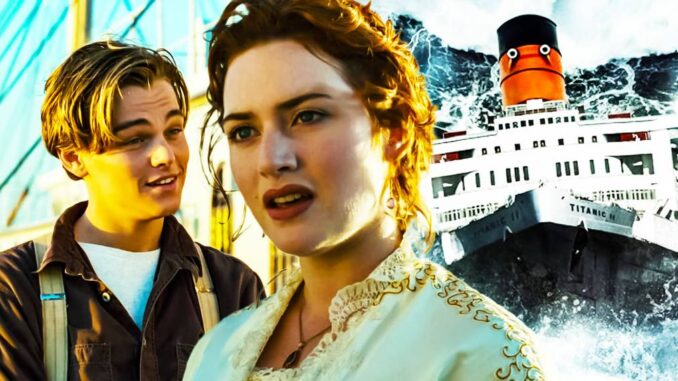
The Phantom Echo: Titanic 2 and the Haunting Shadow of the Original
The Titanic. The name itself carries the weight of history, etched with tales of opulence, hubris, and unspeakable tragedy. It conjures images of a grand "unsinkable" vessel swallowed by the unforgiving Atlantic, leaving behind a legacy of loss that continues to ripple through time. So, when news of a Titanic 2 surfaced, it wasn't met with universal excitement. Instead, a complex mix of emotions arose – curiosity, skepticism, and perhaps, a hint of discomfort. The truth behind this ambitious project lies not just in its engineering blueprints, but in its inextricable connection, and often unsettling comparison, to the original.
The genesis of Titanic 2 is rooted in the ambition, perhaps audacity, of Australian businessman Clive Palmer. His vision, unveiled in 2012, was simple: to recreate the Titanic, not just in name, but in almost every conceivable detail. He envisioned a near-identical replica, built with modern safety standards, allowing passengers to experience the glamour and elegance of the original, but without the calamitous ending. This, ostensibly, was the driving force – a desire to pay homage to the ship and its story, to offer a tangible connection to a bygone era.
However, the connection to the original is where the project becomes fraught with ethical and historical complexities. While Palmer insists his motivation is purely celebratory, critics argue that recreating the Titanic risks trivializing the tragedy and exploiting the memory of those who perished. The Titanic is more than just a ship; it's a maritime grave. For many, the idea of dancing the night away in a replica dining room, knowing the original lies entombed below, feels deeply disrespectful.
This underlying tension colors every aspect of the project. The blueprints, meticulously based on the original, aim to capture the aesthetic allure of the White Star Line's flagship. From the grand staircase, envisioned as a photo opportunity for modern-day passengers, to the recreated cabins designed to mimic the opulence of first class and the stark simplicity of steerage, the intention is to transport travelers back in time. But can one truly recreate an experience when the context is so fundamentally different? The original Titanic sailed into a world on the cusp of immense social and technological change. The Titanic 2, regardless of its design, sails into a world already irrevocably shaped by the original's fate.
Furthermore, the technical challenges in recreating a ship of this magnitude are immense. Modern safety regulations demand significant departures from the original design, even as Palmer insists on maintaining its aesthetic integrity. This necessitates compromises, blurring the lines between authentic recreation and modern interpretation. While the project boasts advancements in navigation, safety equipment, and hull construction, the question remains: how much can you alter the ship before it ceases to be a true representation of the original?
The very existence of Titanic 2 forces us to confront our relationship with history. Do we have the right to resurrect the past, even in a modified form, for entertainment or nostalgic purposes? Or are certain events too sacred, too inextricably linked with loss and suffering, to be replicated? The debate surrounding Titanic 2 underscores the delicate balance between remembrance and exploitation, between honoring history and trivializing tragedy.
The future of Titanic 2 remains uncertain. The project has faced numerous delays and financial setbacks, casting doubt on whether it will ever set sail. Yet, the very idea of it continues to resonate, sparking debate and forcing us to grapple with the complex legacy of the original. Whether Titanic 2 ever becomes a reality or remains a phantom echo in the collective consciousness, its connection to the original serves as a powerful reminder of the hubris, the heartbreak, and the enduring fascination that surrounds the most famous ship in history. Ultimately, the true truth behind Titanic 2 lies not just in its potential to recreate a bygone era, but in its power to provoke reflection on how we remember, and perhaps, how we should remember, the events that shaped our world.
